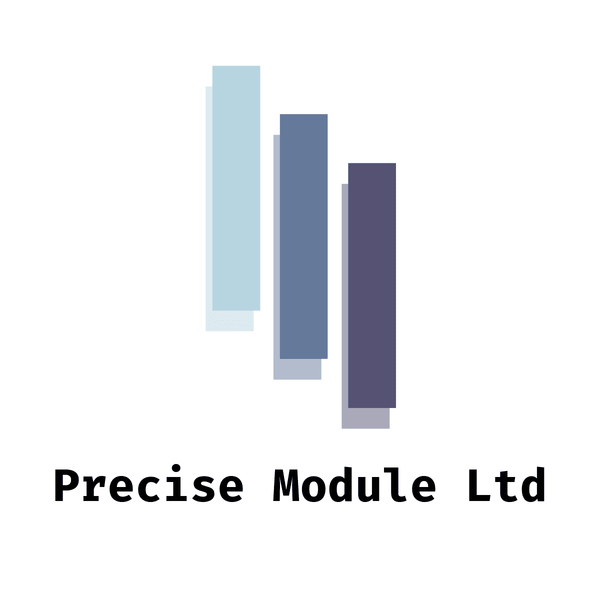In the dynamic landscape of industrial automation, the collaboration between Schneider Electric, Intel, and Red Hat heralds a new era. With the release of the Distributed Control Node (DCN) software framework, industrial companies can now pivot towards a software-defined, plug-and-produce solution. This advancement not only enhances operational efficiency but also streamlines processes, reduces complexity, and optimizes costs.
Empowering Openness and Innovation
Aligned with the Open Process Automation Forum's objectives, this collaboration champions interoperability and portability. By fostering a modern, network-based experience, it paves the way for the next generation of industrial control. The DCN framework stands as a testament to the power of open automation, empowering businesses to innovate and adapt to future challenges seamlessly.
The Role of Collaborative Efforts
This groundbreaking project is the result of two years of co-innovation, demonstrating the commitment to creating efficient and future-proof distributed control systems. The interoperability and portability embedded within the DCN framework liberate customers from the constraints of proprietary technologies, allowing them to tailor solutions according to their unique business needs.
A Confluence of Technologies
The integration of Red Hat Device Edge, Ansible Automation Platform, and OpenShift into the DCN software represents a significant milestone. Leveraging Schneider Electric's control infrastructure and Intel's processors, this collaboration exemplifies the synergy between hardware and software. It underscores the transition towards flexible and dynamic software-based infrastructures, marking a departure from traditional fixed-function devices.
Unlocking Potential Through Collaboration
By embracing an open and interconnected approach, manufacturers can unleash the full potential of autonomous operations on the shop floor. The collaboration between Schneider Electric, Intel, and Red Hat lays the foundation for scalable, software-defined factories capable of advanced automation and interoperability. This partnership marks just the beginning of a transformative journey, setting the stage for exploration into the realms of AI and edge computing.
Conclusion: A Vision for the Future
In conclusion, the advent of the DCN software framework signifies a paradigm shift in industrial automation. Through collaboration and innovation, we can harness the power of open automation infrastructure to drive efficiency, flexibility, and innovation. As we embrace this evolution, we pave the way for a future where possibilities are limitless, and industrial automation reaches new heights of excellence.

